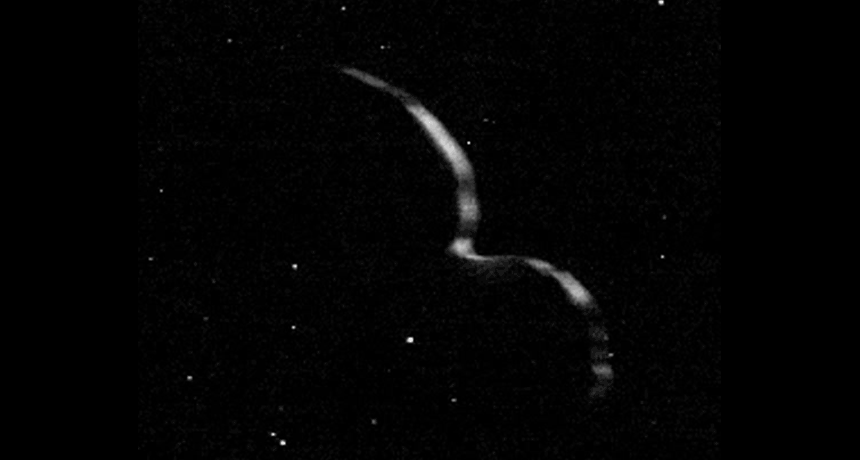Ultima Thule is shaped like two lumpy pancakes
New images reveal the skinny side of the Kuiper Belt object

THIN CRESCENT This series of images, taken as the New Horizons spacecraft sped away from Ultima Thule, helped scientists determine that its shape is more like two pancakes than a snowman.
NOAO/SwRI/JHU-APL/NASA







